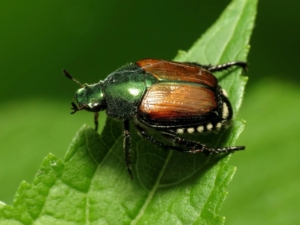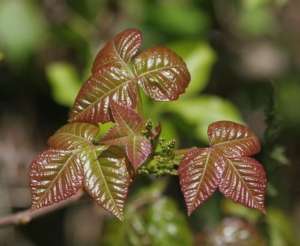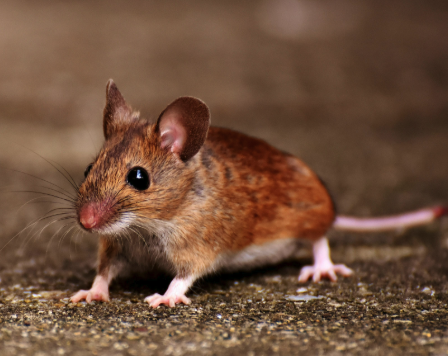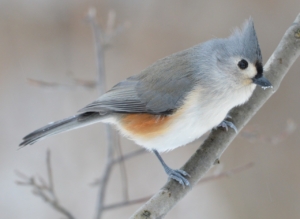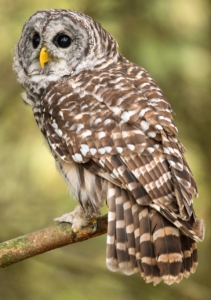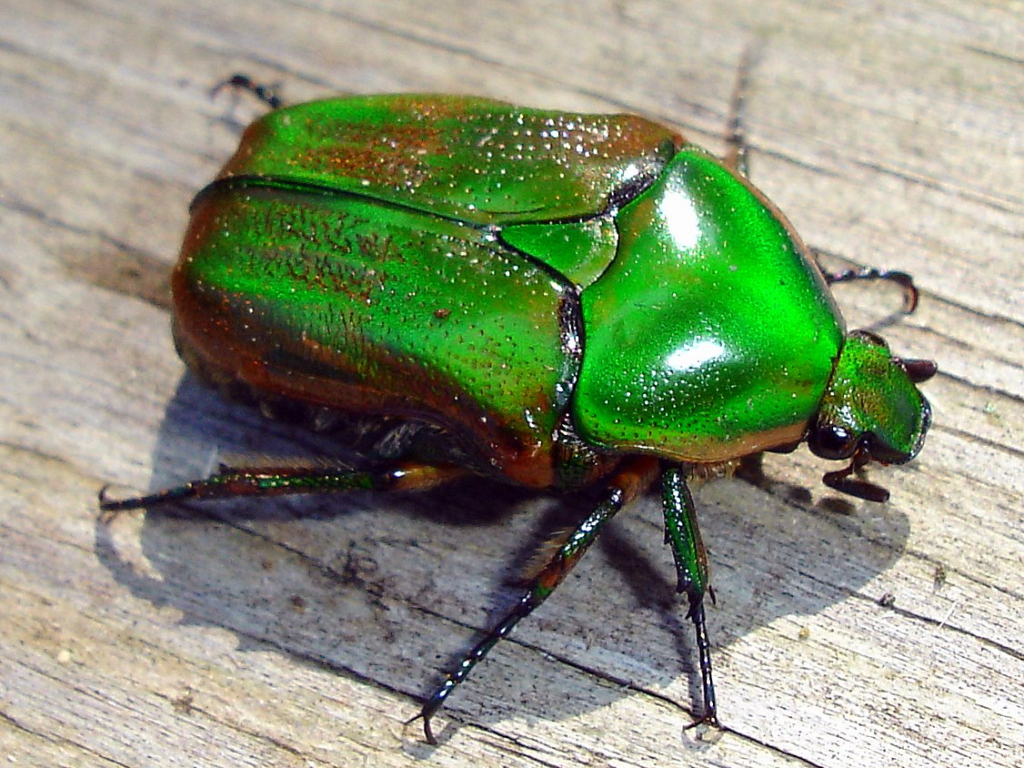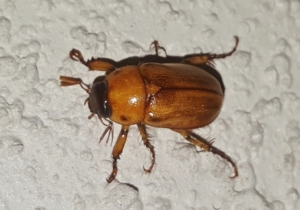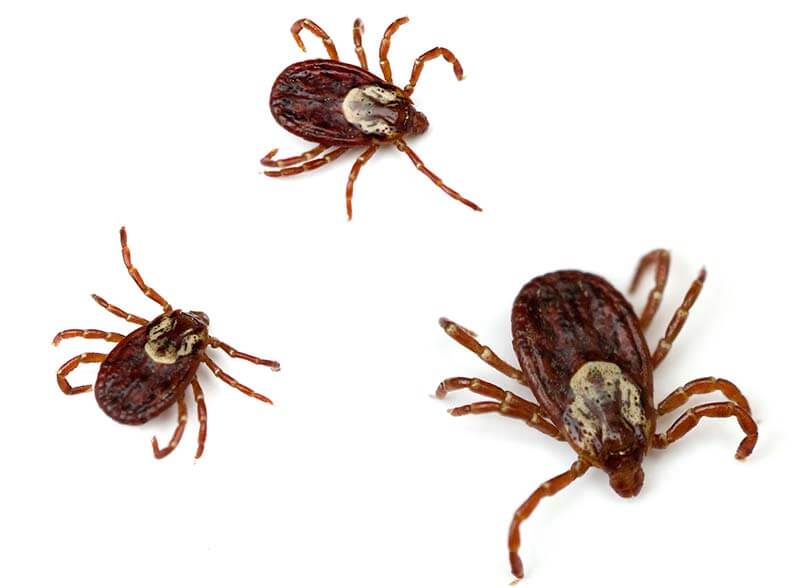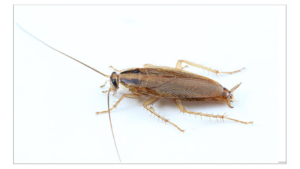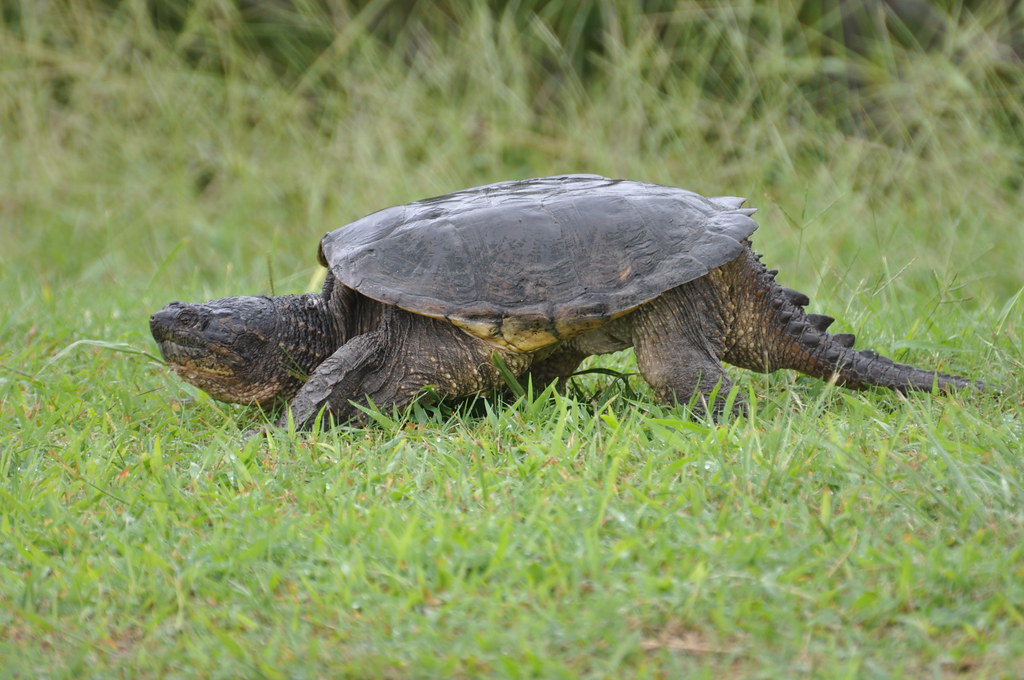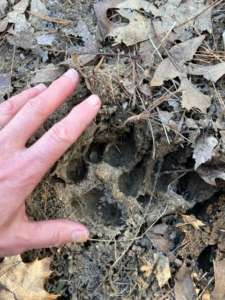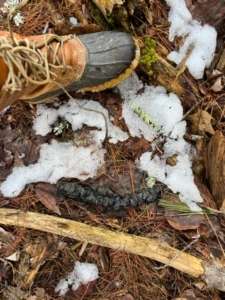SCORES & OUTDOORS: Is it a bad year for Japanese beetles?
 by Roland D. Hallee
by Roland D. Hallee
A reader recently asked about the Japanese beetle, and the lack of them so far this year. She said they usually devour her roses, but has not seen one this year.
So far, It’s difficult to say definitively if it will be a bad year for Japanese beetles, but there are indications that it could be, particularly in certain regions. Cooler spring weather has delayed their emergence, and fluctuating weather patterns may have impacted their populations. However, their numbers can vary greatly by location, and it’s still early in the season to assess the full extent of the impact.
The Japanese beetle is a species of scarab beetle. Due to the presence of natural predators, the Japanese beetle is not considered a pest in its native Japan, but in North America and some regions of Europe, it is a noted pest to roughly 300 species of plants. Some of these plants include rose bushes, grapes, hops, canna, crape myrtles, birch trees, linden trees, and others.
The adult beetles damage plants by “skeletonizing” the foliage (i.e., consuming only the material between a leaf’s veins) as well as, at times, feeding on a plant’s fruit. The subterranean larvae feed on the roots of grasses.
The beetle is native to Japan, but is an invasive species in North America and Europe.
While the larvae of Japanese beetles feed on the roots of many genera of grasses, the adults consume the leaves of a much wider range of hosts, including these common crops: beans, cannabis, strawberry, tomato, pepper, grape, hop, rose, cherry, plum, pear, peach, raspberry, blackberry, corn, pea, okra, and blueberry.
Japanese beetles are primarily attracted to the scent of certain flowers, fruits, and plants, as well as the pheromones released by other Japanese beetles. They are especially drawn to bright and vibrant colors like white, yellow, and pink, and they prefer plants with soft, tender leaves, especially roses, grapes, and fruit trees.
The first written evidence of the insect appearing within the United States was in 1916 in a nursery near Riverton, New Jersey The beetle larvae are thought to have entered the United States in a shipment of iris bulbs prior to 1912, when inspections of commodities entering the country began. As of 2015, just nine western states of the United States were considered free of Japanese beetles. These beetles have been detected in airports on the west coast of the United States since the 1940s. Only three were found in Washington State in 2020, but from late June to September 3, 2021, there were over 20,000 found in Grandview alone.
The first Japanese beetle found in Canada was inadvertently brought by tourists to Yarmouth, Nova Scotia, by ferry from Maine in 1939. During the same year, three additional adults were captured at Yarmouth and three at Lacolle in southern Québec.
Eggs are laid individually or in small clusters near the soil surface. Within approximately two weeks, the ova hatch, then the larvae feed on fine roots and other organic material. As the larvae mature, they become c-shaped grubs, which consume progressively coarser roots and may do economic damage to pasture and turf at this time.
Larvae hibernate in small cells in the soil, emerging in the spring when soil temperatures rise again. Within four to six weeks of breaking hibernation, the larvae will pupate. Most of the beetle’s life is spent as a larva, with only 30 – 45 days spent as an imago. Adults feed on leaf material above ground, using pheromones to attract other beetles and overwhelm plants, skeletonizing leaves from the top of the plant downward. The aggregation of beetles will alternate daily between mating, feeding, and ovipositing. An adult female may lay as many as 40 – 60 ova in her lifetime.
Throughout the majority of the Japanese beetle’s range, its life cycle takes one full year.
Owing to their destructive nature, traps have been invented specifically to target Japanese beetles. These comprise a pair of crossed walls with a bag or plastic container underneath and are baited with floral scent, pheromone, or both. However, studies conducted at the University of Kentucky and Eastern Illinois University suggest beetles attracted to traps frequently do not end up in the traps; instead, they land on plants in the vicinity and cause more damage along the flight path and near the trap than may have occurred if the trap were not present.
I have battled with Japanese beetles in my garden before, but now that she mentioned it, I haven’t seen one in quite a while. I thought I had conquered them.
Roland’s trivia question of the week:
In 1975, which Boston Red Sox player became the only major leaguer to be named both Rookie of the Year and Most Valuable Player, in the same year.


